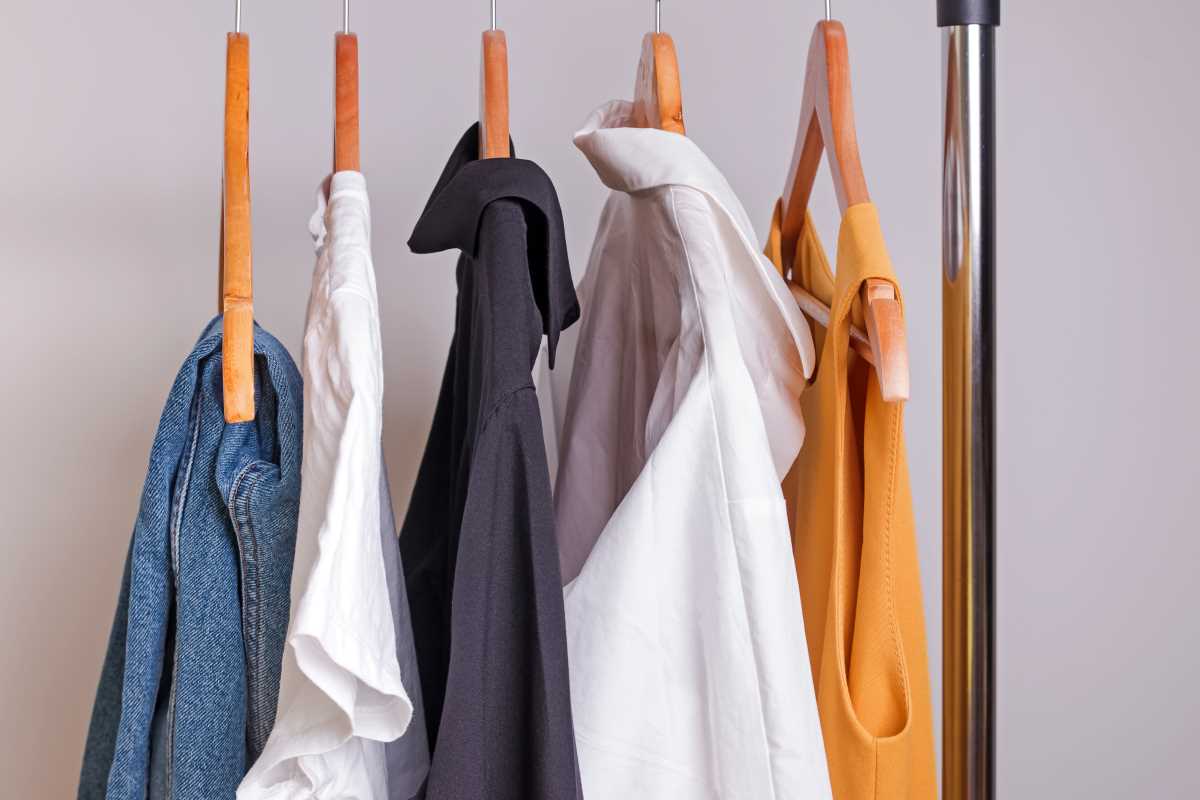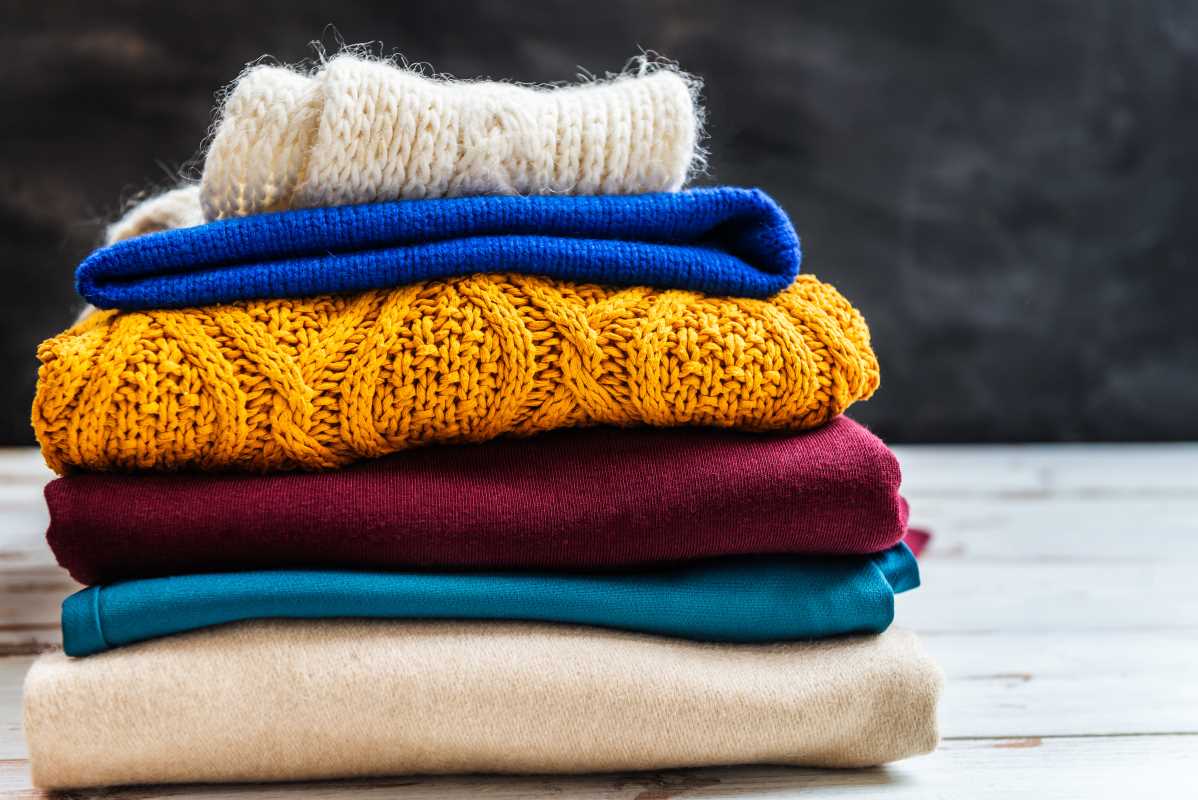Taking the journey from concept to closet can be a thrilling and rewarding experience. Designing and creating your own clothes allows you to express your unique style and creativity. Here, we'll dive into the process of turning your fashion ideas into reality, from initial inspiration to the final stitched piece neatly hanging in your wardrobe.
Finding Inspiration and Developing Your Style
The first step in creating your own clothes is finding inspiration and developing your unique style. Inspiration can be found everywhere—browsing fashion magazines, exploring Pinterest boards, or observing street styles. Pay attention to colors, patterns, and silhouettes that speak to you. Fashion trends are constantly evolving, so don't be afraid to experiment with different styles to discover what resonates with you. Keep a scrapbook or digital folder of your favorite looks to refer back to when needed. This collection will serve as a foundation for your design ideas.
Understanding Fabrics and Patterns
Understanding various fabrics and patterns is crucial in bringing your designs to life. Take the time to learn about different types of fabrics, such as cotton, silk, and polyester, and their characteristics. Each fabric has unique properties that affect the drape, texture, and durability of a garment. Additionally, familiarize yourself with basic sewing patterns to better comprehend garment construction. By knowing which fabrics work best with specific patterns, you can ensure that your creations look and feel the way you envision. Visiting fabric stores and feeling different materials can also help you make more informed decisions.
Sourcing Materials and Tools
Sourcing the right materials and tools is a vital part of the clothing creation process. Start by gathering essential tools such as a sewing machine, scissors, measuring tape, pins, and needles. For sustainable fashion design, consider sourcing eco-friendly materials like organic cotton or recycled fabrics. Many fabric stores and online retailers offer sustainable options that align with eco-conscious values. By choosing materials with minimal environmental impact, you can create beautiful garments while supporting sustainability in fashion.
Creating Your Designs and Making Mock-ups
Once you have a clear vision of your design and have selected the appropriate fabrics and patterns, it's time to create your designs and make mock-ups. Sketch your concepts on paper or use digital design tools like Adobe Illustrator to bring your ideas to life visually. Making mock-ups allows you to test the fit and proportions of your design before cutting into the final fabric. Use inexpensive materials like muslin to create test versions of your garments. This step is essential in refining your design and ensuring a well-executed final piece.
Sewing and Assembling Your Garment
After finalizing your design and mock-ups, it's time to roll up your sleeves and start sewing and assembling your garment. Follow the sewing pattern instructions carefully, and take your time to ensure precise cutting and stitching. Beginners should start with simple projects, such as a basic top or skirt, before moving on to more complex pieces like dresses or jackets. Use tutorials and online resources to guide you through challenging steps. Remember that practice makes perfect, so don't get discouraged by any initial challenges you may encounter.
Adding Personal Touches and Details
Adding personal touches and details to your garment can elevate its overall look and make it truly unique. Consider embellishments like embroidery, beading, or piping to add visual interest to your design. You can also experiment with different closures, such as buttons, zippers, or ties, to customize the look further. Keep in mind that the devil is in the details, so take the time to pay attention to the finishing touches that will set your creation apart. Use trims and decorative stitches to add personality and flair.
Trying On and Refining Your Creation
Once you have completed sewing and adding all the personal touches, it's time to try on your creation and make any necessary refinements. Check the fit, proportions, and overall look of the garment in front of a mirror. Minor adjustments may be needed to ensure that the piece fits you perfectly and aligns with your original vision. Don't hesitate to make alterations or seek advice from experienced sewers to enhance the final result. Fit is crucial, so be patient and willing to tweak your design.
The Role of Technology in Modern Fashion Design
Technology plays a significant role in modern fashion design, providing tools and resources to streamline the creative process. Digital design software, 3D modeling, and virtual fitting applications allow designers to visualize and refine their creations before cutting fabric. Online platforms also connect designers with a global community, offering inspiration, feedback, and collaboration opportunities. By embracing technology, you can enhance your skills and explore innovative ways to express your fashion ideas.
Celebrating Your Achievement and Showcasing Your Work
Finally, after all the hard work, dedication, and creativity you've poured into designing and making your own clothes, it's time to celebrate your achievement and showcase your work. Take pride in wearing your handmade creations and share them with family and friends.
You might also consider starting a fashion blog or social media account to document your achievements and connect with like-minded individuals who share your passion for DIY fashion. By sharing your creations, you can inspire others and receive valuable feedback. Whether you're a hobbyist or an aspiring designer, the world of fashion design is filled with endless possibilities waiting to be discovered.
 (Image via
(Image via




